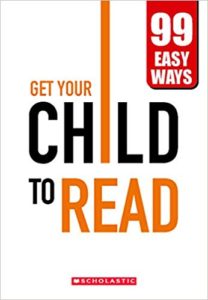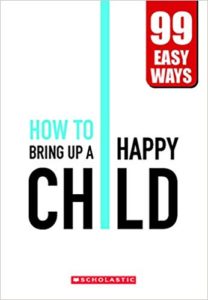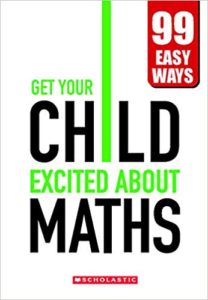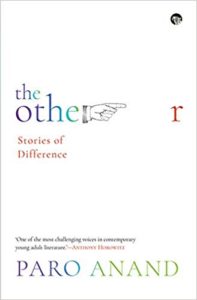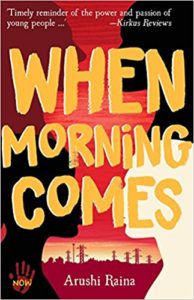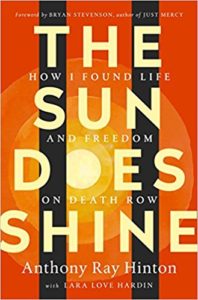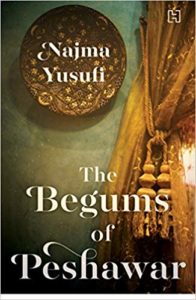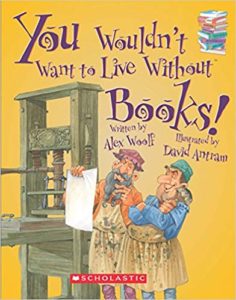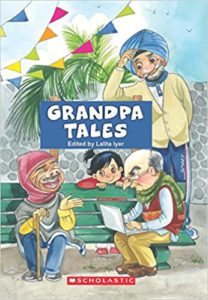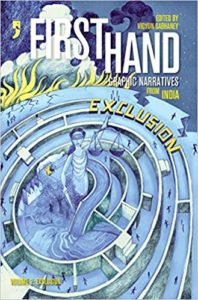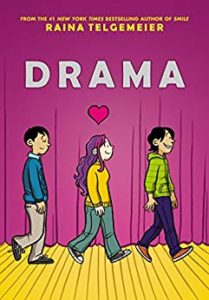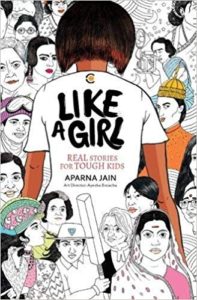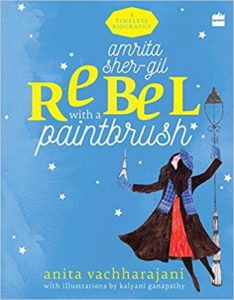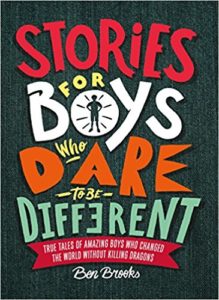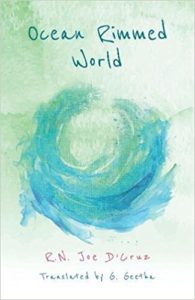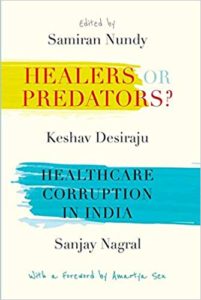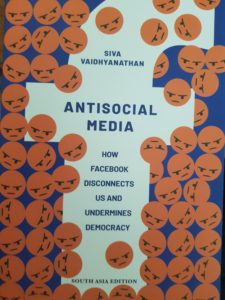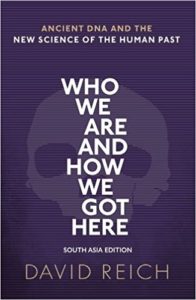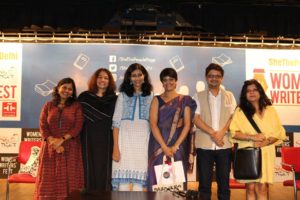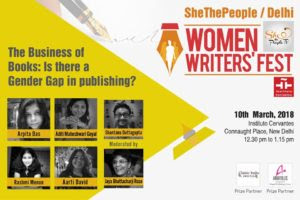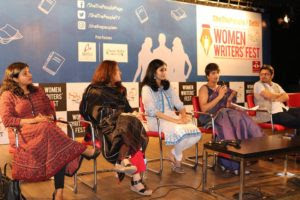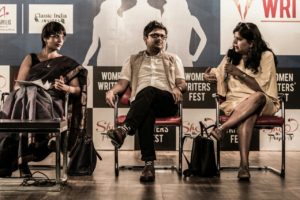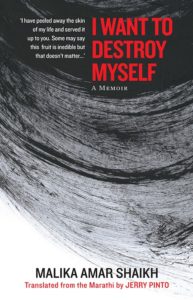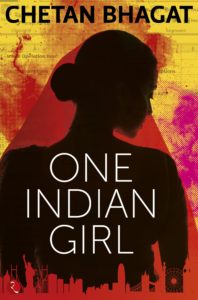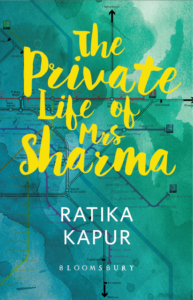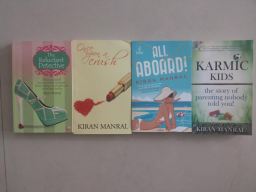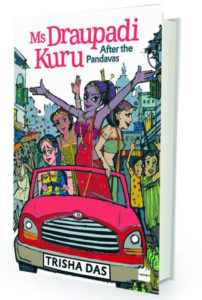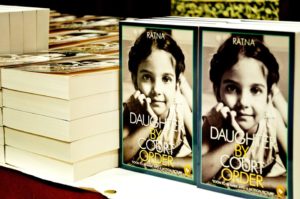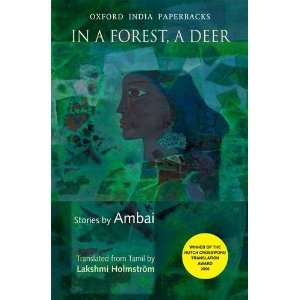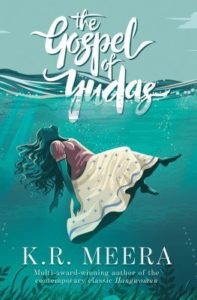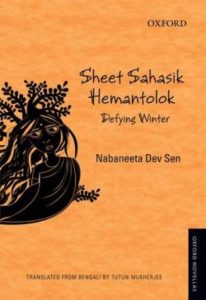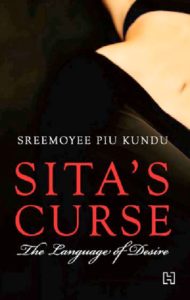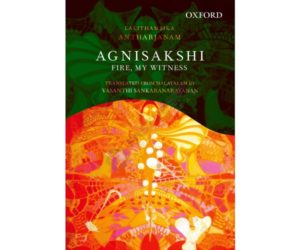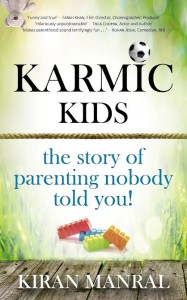While conversing with Kiran Manral I discovered that her new book is to be published by a fledgling publishing house called Bombaykala. They sounded passionate about their publishing programme. On 16 Sept 2017, The Hindu had profiled them. I was curious to know more. So I emailed Ishaan Jajodia. Here are excerpts of an interview with him.
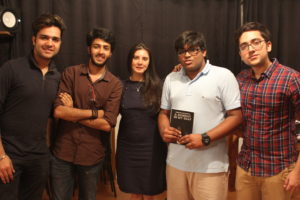
L-R, Raj Chabbria (Business Development), Kabeer Khurana (Design Head), Mrinalini Harchandrai (editor-at-large), Ishaan Jajodia (commissioning editor and jack of all trades), Tanay Punjabi (Logistics Director)
Bombaykala has published three books of poetry within six months of publishing. It started with Ek Chotisi Dibiya, a book of Hindi poetry, and then published When Home Is An Idea by Rochelle D’Silva. In December 2017, they launched Mrinalini Harchandrai’s A Bombay In My Beat. They are constantly trying to get the word out to more and more poets about publishing opportunities in the landscape.
Kabeer and Ishaan have known each other for a long time. Turns out, when they were around seven or eight, Kabeer’s mom taught them animation. Ishaan reconnected with Kabeer in early 2016 through a friend, and they worked on The Mumbai Art Collective together, a non-profit venture dedicated towards promoting and preserving the art of Bombay. Tanay was also part of this.
Kabeer and Tanay went to school together between Grade 1 and 10, and Kabeer and Raj went to school together in Grade 11 and 12. Kabeer and Ishaan worked on a film, Religion for Dummies, that Ishaan produced along with Kabeer’s father, and that Kabeer directed. Raj was an Assistant Director on the shoot, and also helped with casting. It was a quirky, avant-garde stop motion film (view online here). 
Ishaan met Mrinalini initially because Bombaykala was interested in publishing her book of jazz poetry, A Bombay In My Beat. They landed up publishing her book, by the way! The team really enjoyed working with her, and she seemed to be the right fit as the team expanded at Bombaykala Books. “She’s really passionate and knows exactly what goes where. She handles poetry (or anything to do with literature) with such poise and grace. Mrinalini is curating a series of anthologies and commissioning a slew of books for Bombaykala Books. She’s also got great experience in dealing with the genre we call creative nonfiction now in her many years as a magazine editor.” What Ishaan also likes about Mrinalini’s poetic practice is that it is innovation that is not built on provocation. Provocation is the staple of avant-gardists throughout, from Hugo Ball’s poetry of nonsense to José Clemente Orozco’s The Epic of American Civilization. This is similar to what Ishaan want for Bombaykala Books- “for us to change, without unnecessary provocation, and in a manner that is decidedly less brash and more systematic. It requires a certain personality and demeanour to do that, one that is far less based off sentimentality and knee-jerk reactions, and more focused on a developed and more heightened sense of working and writing.”
How and why did you establish Bombaykala Books?
Bombaykala Books came out of a desire to read more of what I wanted to read. I was unhappy with the current publishing landscape, and the way that commercial pressures shaped the way that publishers looked at books. I’m a bibliophile, not a writer, so it was never about finding an outlet for my own work. There are more forms of capital than just financial capital for a publisher- human, social, symbolic, and intellectual, if we are to take the model that is 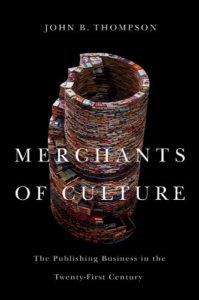 found in Merchants of Culture (John B. Thompson). Another impetus for the course we’re taking is a class I took while at college on the History of the Book, by Prof. Alexandra Halasz. It opened up a whole new world, a new way of thinking.
found in Merchants of Culture (John B. Thompson). Another impetus for the course we’re taking is a class I took while at college on the History of the Book, by Prof. Alexandra Halasz. It opened up a whole new world, a new way of thinking.
Another thing that I found missing was an initiative to create a literature around the city. While efforts to immortalize the city have been in progress since we can remember our art and cinema, I felt that we needed to be more conscious of the city we live in. I identify more closely as someone who’s lived in Bombay all my life. That facet of the Indian ‘identity’ is one that I became more conscious off as I grew up, and that’s another reason why Bombaykala Books came into being.
What is the focus?
The focus is to create a literature around a city, but also to publish stories that pique our interest. I’m looking for stories that are authentic, and in some way, have a go at the epistemological roots of what we know. To that end, I’ve published collections of war poetry from a former consular officer for Bosnia during the Yugoslav wars, who saw what was happen first hand. Tomorrow It Will All Run Backwards is the story of war told through poetry, which makes for far more emotive reading than, let’s say, AJP Taylor, who’s as close as we get to great writing in History.
How many founders are there?
There are three- Kabeer Khurana, Tanay Punjabi, and me. Kabeer handles all the design work, Tanay the operations, and me the editorial work. Additionally, we have Raj Chhabria, who, although not a founder, takes care of Business Development and Marketing, and is a partner along with the three of us.
Who edits your books?
I do, and now Mrinalini Harchandrai does as well. She’s our new Editor-at-Large.
What are your plans for the next few years?
We want to publish a book a fortnight this year without diluting quality of any kind. I think that’s the most important part. We’re also exploring other ways to bring books to readers- audio books, multimedia expansions. I think at this point in time, planning wise the sky is the limit, but only time will tell what we can do.
Now that Mrinalini and I are both commissioning, there should be a lot more diversity in the approach to books, yielding some interesting stuff.
How do you source manuscripts and distribute your books?
We have an open channel of submissions available via our website. People can simply go ahead and email us their work after going through the submission guidelines. We’ve been talking with agents here and there too.
In terms of distribution- we do Amazon Kindle for all our e-books. We also have an international distributor for the USA, UK, EU, Canada, and Australia, catering to the needs of our international clientele.
How many languages do you publish in?
Hindi and English for now.
Who are your authors?
Queenie Sukhadia, Vishakha Sharma Dubey, Rochelle D’Silva, Michael Brett, Mrinalini Harchandrai, Kiran Manral, Joe and Brenda Rodrigues, Pragya Bhagat, Ramneek Singh, Mamta Chitnis Sen, Stalin Dayanand, Sreemay Rath, Anushka Gupta, Andrew Rooney, Ranjit Dahiya, Sundeep Narwani and Ishita Mehra, Mallika Iyer, Gouri Nilakantan
Why did you decide to publish poetry apart from mainstream literature?
For me it was never an either-or situation. We launched Bombaykala Books with a book of Hindi poetry, Ek Chotisi Dibiya, and a set of short stories that works as a novel, A City of Sungazers. I’ve never looked at poetry as anything lesser than or different to mainstream literature. It is ultimately a form of literature, one that tells stories in a way that can be as visceral (or more) than “mainstream literature.”
Will you explore translations as well?
Certainly. We’re working with Dr. Jitendra Pandey to expand our repertoire of Hindi translations.
Do you publish in digital and print formats or only print?
We do digital and print.
5 February 2018
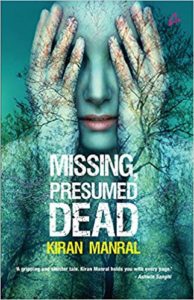 Popular writer Kiran Manral’s latest novel is a thriller called Missing, Presumed Dead. It is about Aisha, a wife and a mother, who goes missing. She has a history of being “mentally” fragile although it is not very clear if it is a genetic inheritance from her mother or a bit of manipulation on her husband, Prithvi’s, part to keep Aisha heavily sedated. But this is not all the inheritance that Aisha has to contend with—it is also the very real fact of the property and other immoveable assets she stands to gain from her parents. A possible reason why Prithvi does not abandon her completely though he would rather spend days away from his family with a travel bag always ready in the boot of his car. He has also moved the family to a remote hill station in northern India, ostensibly for the protection of Aisha. It is not a happy marriage and Aisha remains very stressed. It is not made any easier for her husband and their two children by her OCD for maintaining cleanliness at home. Aisha’s place in the home is taken by her illegitimate half-sister, Heer, who had unexpectedly materialised at her Aisha’s doorstep. Coincidentally it happened a couple of days before Aisha’s mysterious disappearance. This is where the plot thickens.
Popular writer Kiran Manral’s latest novel is a thriller called Missing, Presumed Dead. It is about Aisha, a wife and a mother, who goes missing. She has a history of being “mentally” fragile although it is not very clear if it is a genetic inheritance from her mother or a bit of manipulation on her husband, Prithvi’s, part to keep Aisha heavily sedated. But this is not all the inheritance that Aisha has to contend with—it is also the very real fact of the property and other immoveable assets she stands to gain from her parents. A possible reason why Prithvi does not abandon her completely though he would rather spend days away from his family with a travel bag always ready in the boot of his car. He has also moved the family to a remote hill station in northern India, ostensibly for the protection of Aisha. It is not a happy marriage and Aisha remains very stressed. It is not made any easier for her husband and their two children by her OCD for maintaining cleanliness at home. Aisha’s place in the home is taken by her illegitimate half-sister, Heer, who had unexpectedly materialised at her Aisha’s doorstep. Coincidentally it happened a couple of days before Aisha’s mysterious disappearance. This is where the plot thickens.

